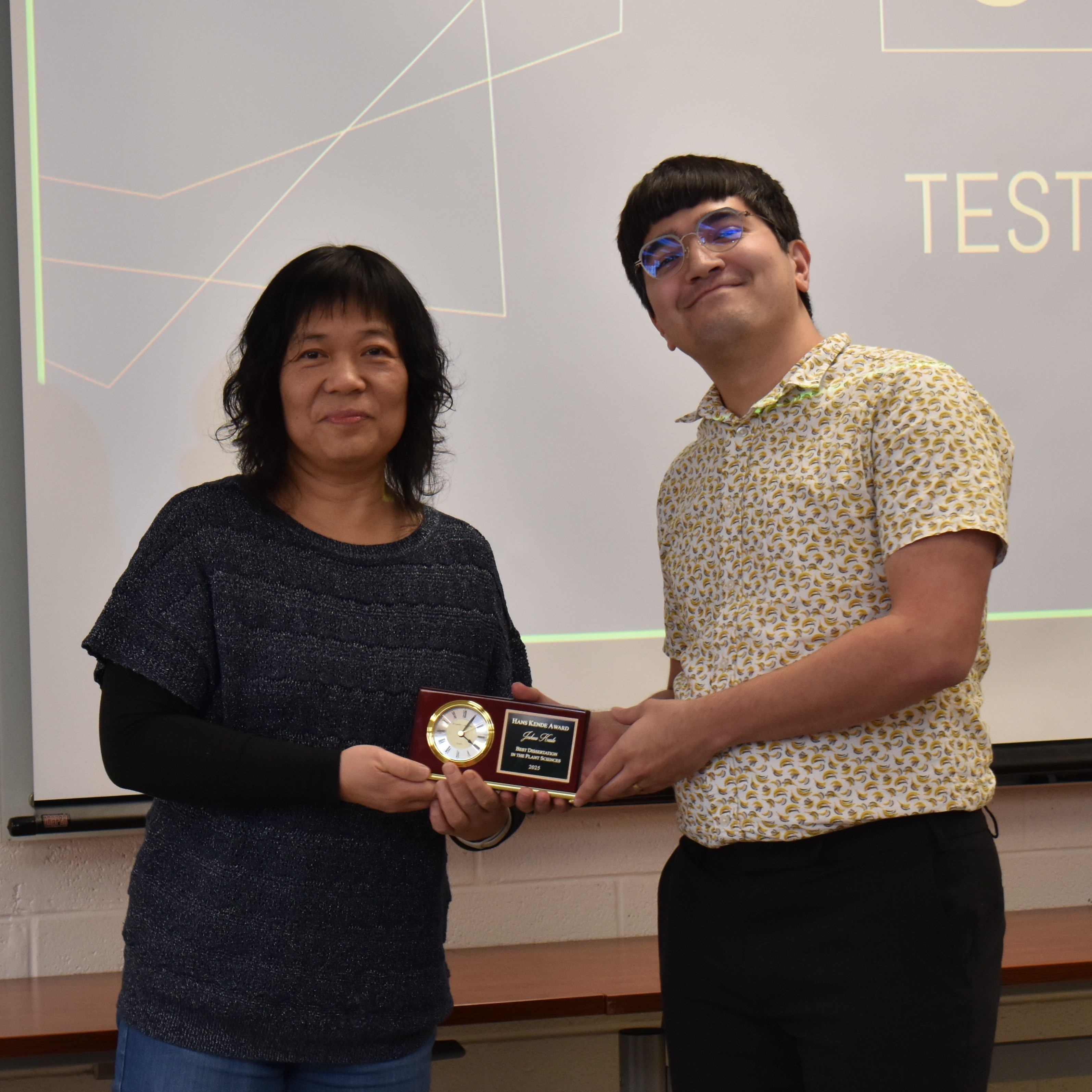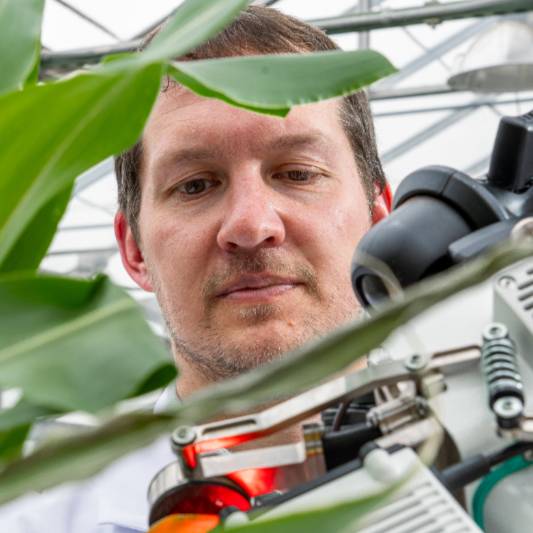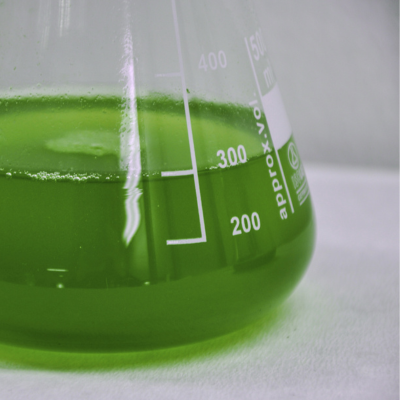Plant Morphogenesis: How genes and their products interact and control a plant's response to light
Plant gene regulation dictates how plants grow under differing environmental conditions, and researchers from the MSU-DOE Plant Research Laboratory (PRL) are looking at how different genes control light-dependent processes in Arabidopsis thaliana.
This research was recently published in Frontiers in Plant Science.
The study looks at two phytochromes, PhyA and PhyB, and the zinc finger proteins (ZFPs) ZFP6 and its closely related zinc finger homolog ZFPH. Phytochromes are proteins that are activated by light. Zinc finger proteins are molecules that activate gene expression. Both have roles in plant photomorphogenesis, or the ways in which a plant develops its shape.
“In this work, we explore how PhyA and PhyB, ZFP6 and ZFPH interact and control plant growth and development, as well as gene expression in Arabidopsis plants,” said Keni Cota-Ruiz, first author of the study and postdoctoral researcher in the Montgomery lab.

Courtesy photo
The researchers grew Arabidopsis with mutations in the ZFP6 and ZFPH gene as well as Arabidopsis lines with deficiencies in the PhyA or PhyB gene. These mutants were tested against control plants to see how they responded to different light conditions. The researchers evaluated both the molecular and phenotypic responses of the mutants.
“By modifying some genes in Arabidopsis or by understanding how the ZPF6 and ZFPH genes or the phytochromes interact, we can control some morphological aspects of these plants,” Keni said.
Understanding how plants react under light conditions can help researchers modify the crops we rely on to grow more efficiently in their environments.
“Our research provides another layer of complexity for phytochrome-mediated light signaling,” said Sookyung Oh, a former postdoc in the Montgomery lab and co-author of this study. “Our findings for the relationship between phytochrome and ZFP genes provide not only a good understanding for the light-mediated transcriptional regulation, but also the practical application for agriculture by improvement of light-responsive traits.”
This article is based on research that was supported by the National Science Foundation (NSF; MCB-1243983) and the Office of Science of the U.S. Department of Energy Basic Energy Sciences Division (Grant: DE-FG02-91ER2002).
By Kara Headley; Banner image by Kara Headley



